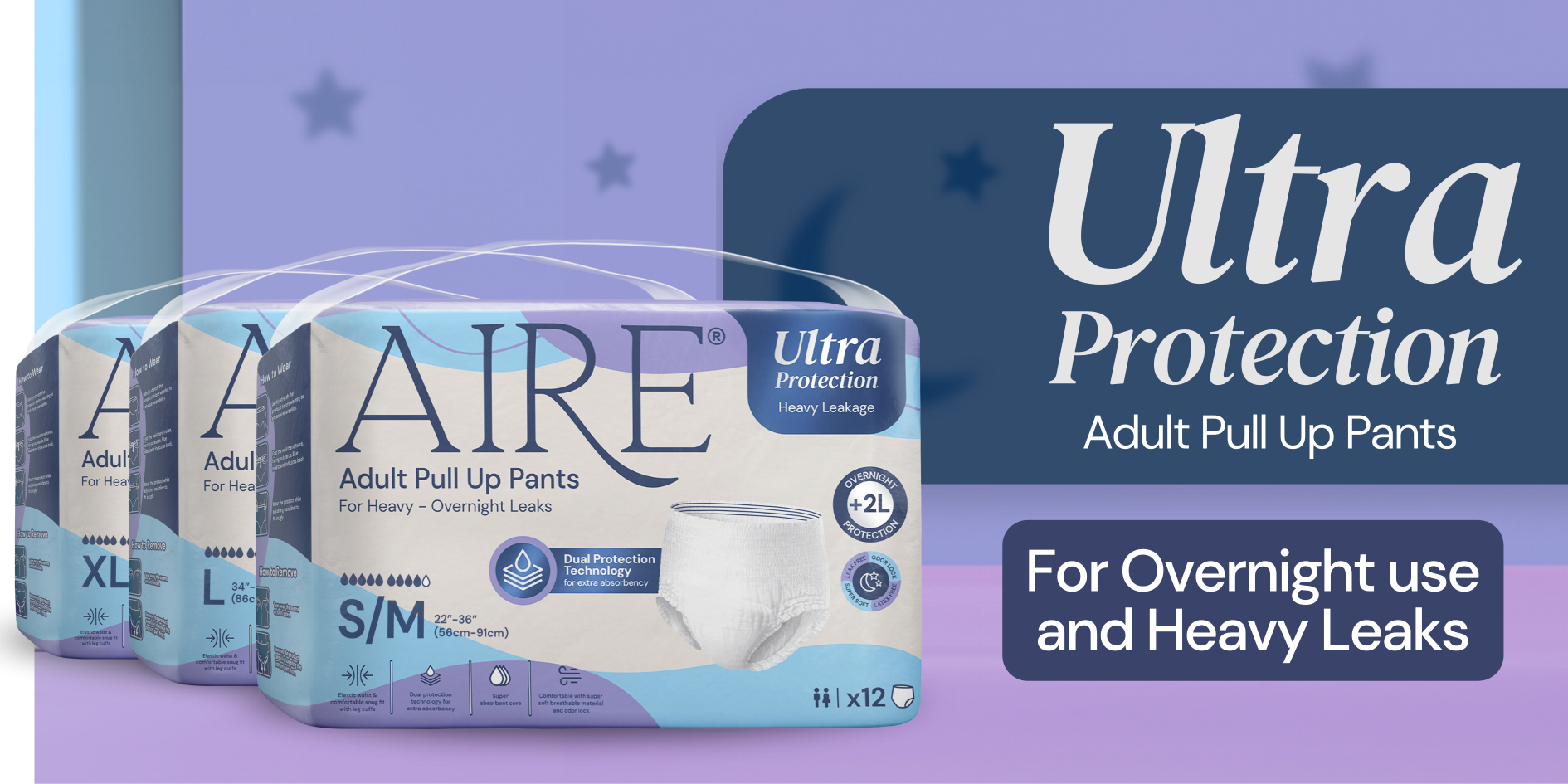Pelvic Health is incredibly important but often overlooked. Our Pelvic Floors control our bladder control and experience changes as we age, with pregnancies, with varied lifestyle conditions. Fortunately, there is a simple and effective solution: kegel exercises -
What are kegels?
Kegel exercises are a type of pelvic floor exercise that target the muscles responsible for bladder control. These exercises involve contracting and relaxing the pelvic floor muscles, which support the bladder, uterus, and rectum. By strengthening these muscles, you can improve bladder control and reduce the risk of incontinence.
How do kegels help with incontinence?
Incontinence is often caused by weak or damaged pelvic floor muscles. This can occur due to factors such as pregnancy, childbirth, aging, obesity, or certain medical conditions. Kegel exercises help to strengthen these muscles, improving their ability to support the bladder and prevent leakage.
Research has shown that kegel exercises can be highly effective in reducing incontinence symptoms. In fact, a study published in the New England Journal of Medicine found that women who performed kegels experienced a 70% reduction in incontinence episodes.
How to do kegels correctly
While kegel exercises may seem simple, it's important to perform them correctly to achieve the best results. Here's a step-by-step guide:
- Identify the correct muscles: To do this, try stopping the flow of urine midstream. The muscles you use to do this are the ones you want to target during kegels.
- Start with an empty bladder: It's best to perform kegels with an empty bladder to avoid any potential complications.
- Contract the muscles: Squeeze the pelvic floor muscles and hold for a count of three to five seconds.
- Relax the muscles: Release the contraction and rest for a count of three to five seconds.
- Repeat and increase intensity: Aim for three sets of ten repetitions per day. As you become more comfortable, you can increase the duration of each contraction and the number of repetitions.
Additional tips for pelvic health
In addition to kegel exercises, there are other steps you can take to promote pelvic health and reduce the risk of incontinence:
- Maintain a healthy weight: Excess weight can put added pressure on the pelvic floor muscles, so maintaining a healthy weight is important.
- Avoid heavy lifting: Lifting heavy objects can strain the pelvic floor muscles, so it's best to avoid this whenever possible.
- Stay hydrated: Drinking enough water can help to prevent urinary tract infections, which can contribute to incontinence.
- Practice good bathroom habits: Avoid holding in urine for long periods of time and empty your bladder completely when you do go.
By incorporating kegel exercises into your daily routine and following these additional tips, you can take control of your pelvic health and reduce the impact of incontinence on your life. Remember, consistency is key, so make kegels a regular part of your wellness routine.



 Whatsapp us!
Whatsapp us!